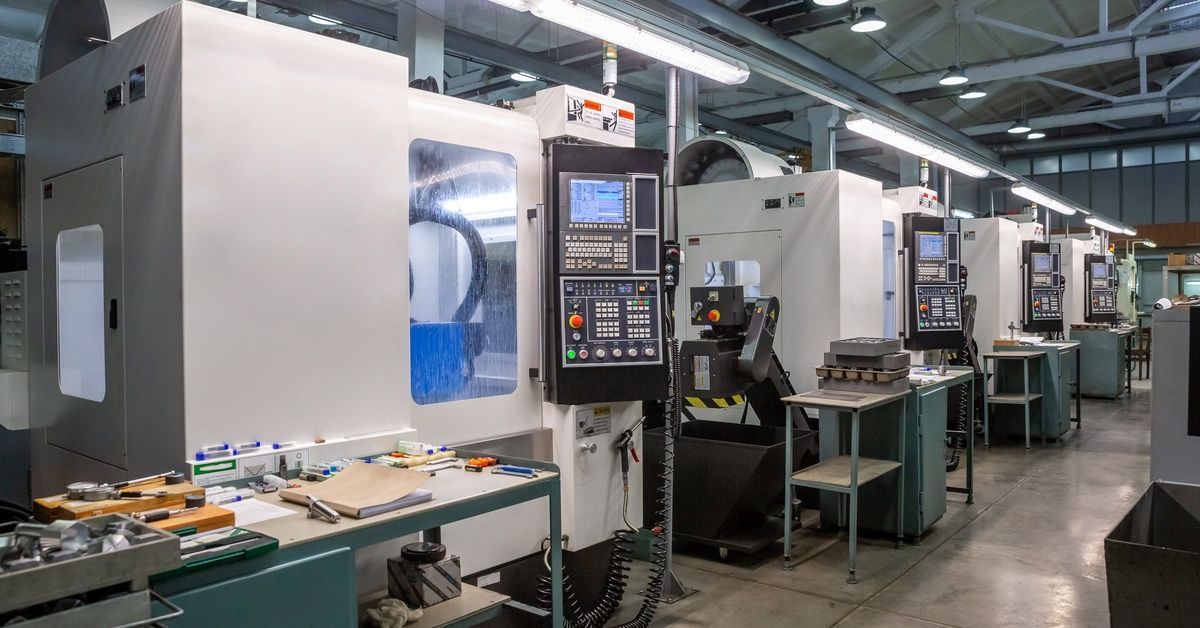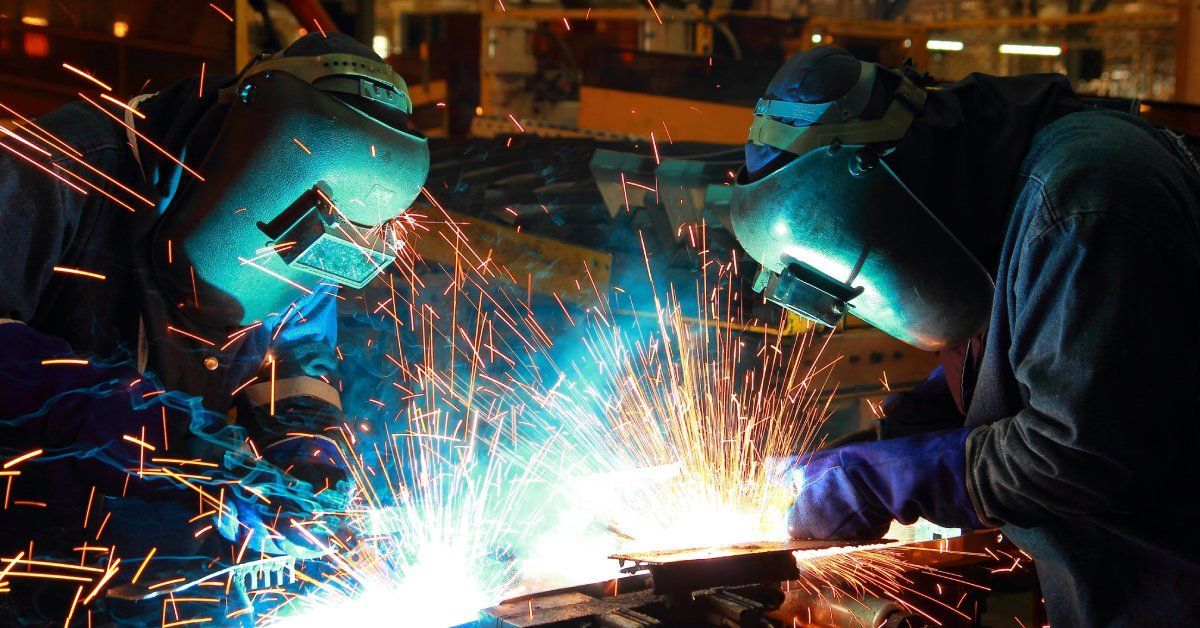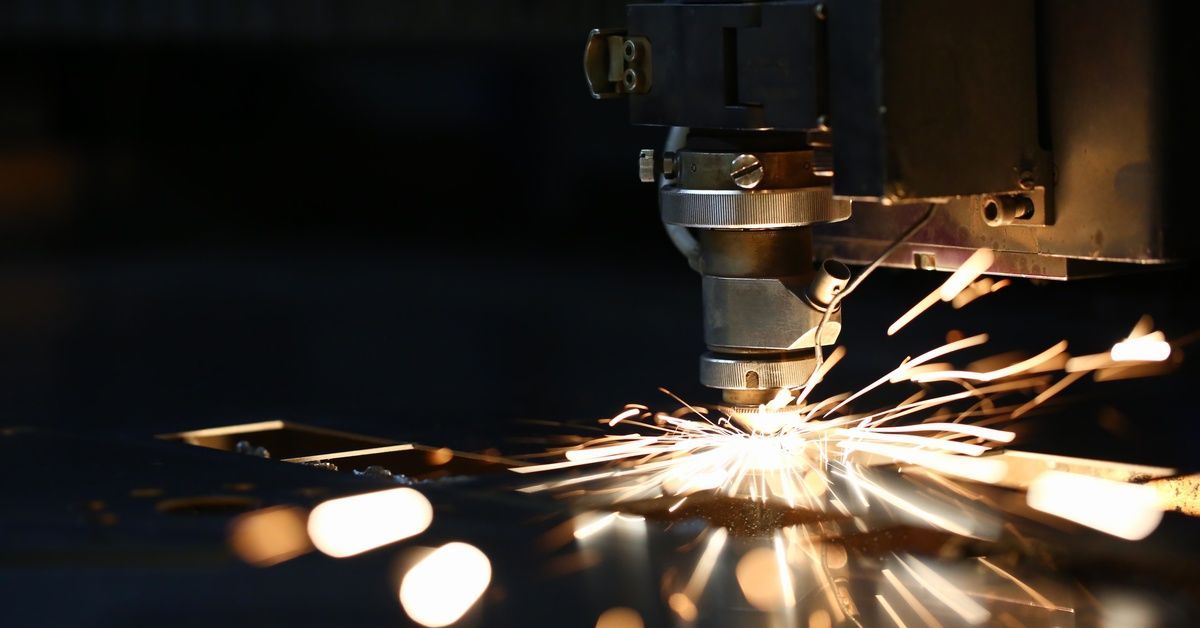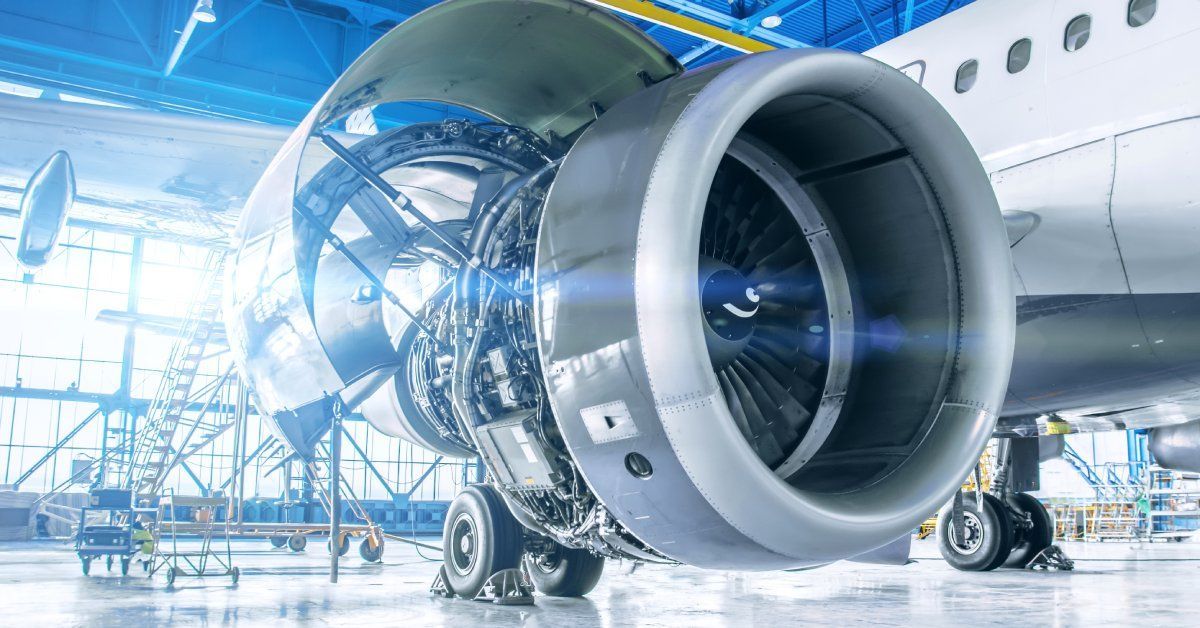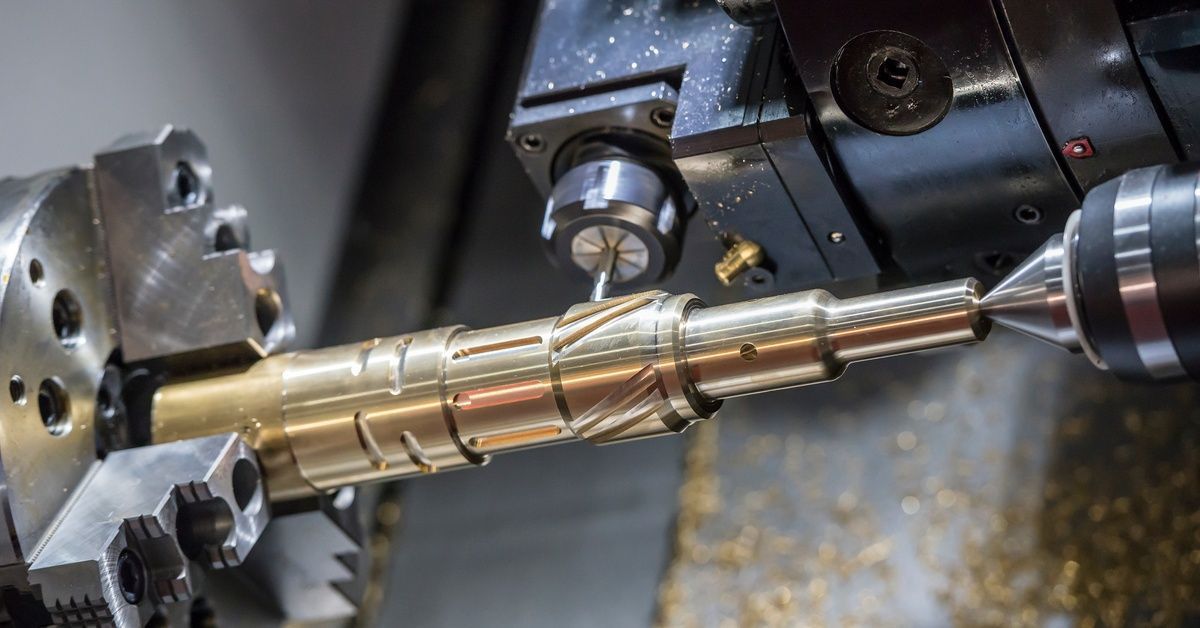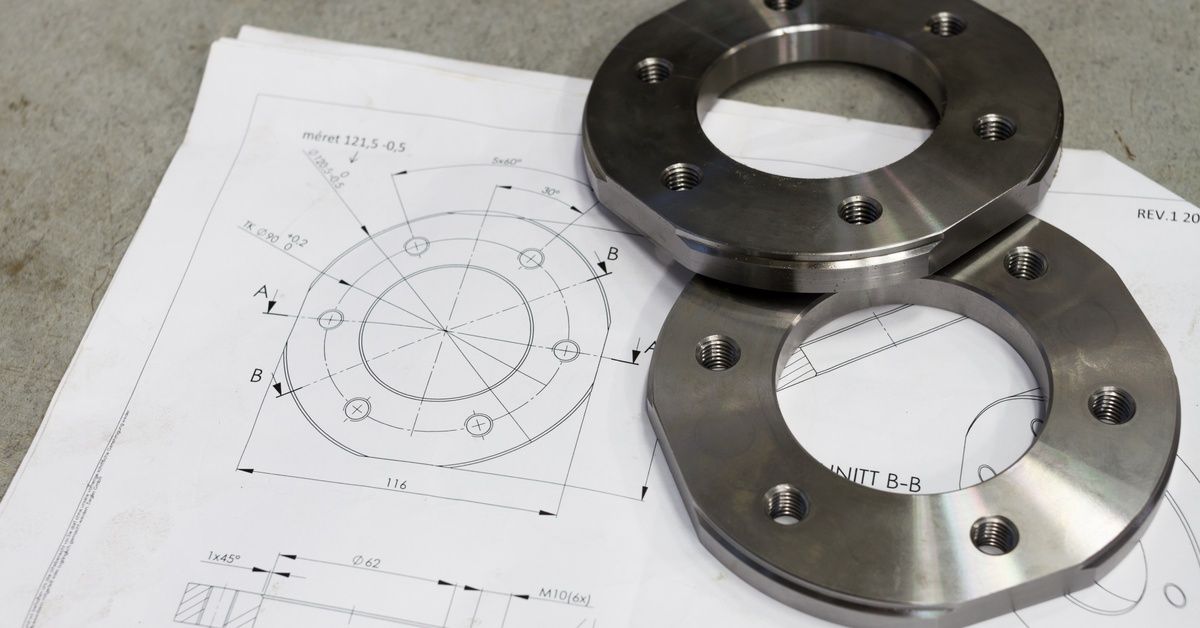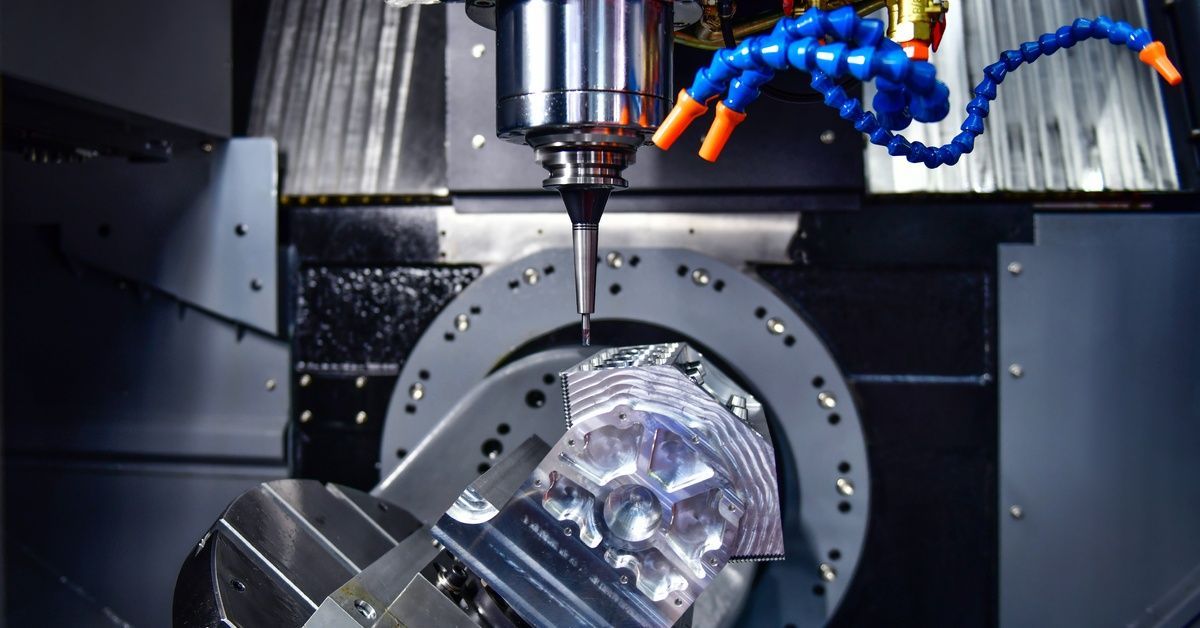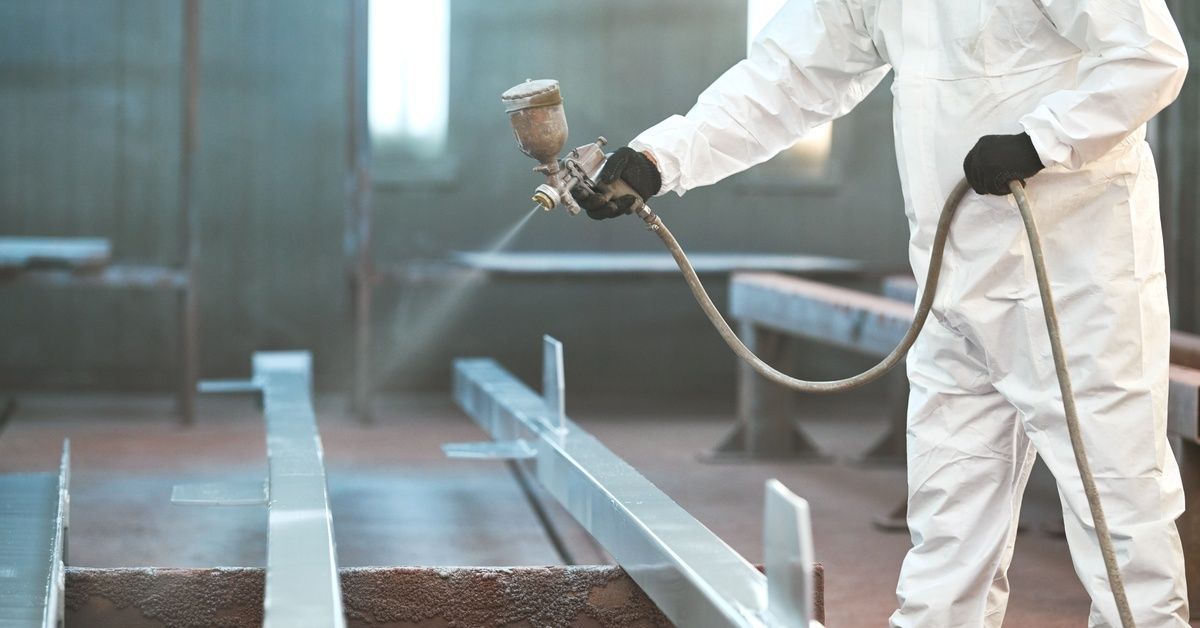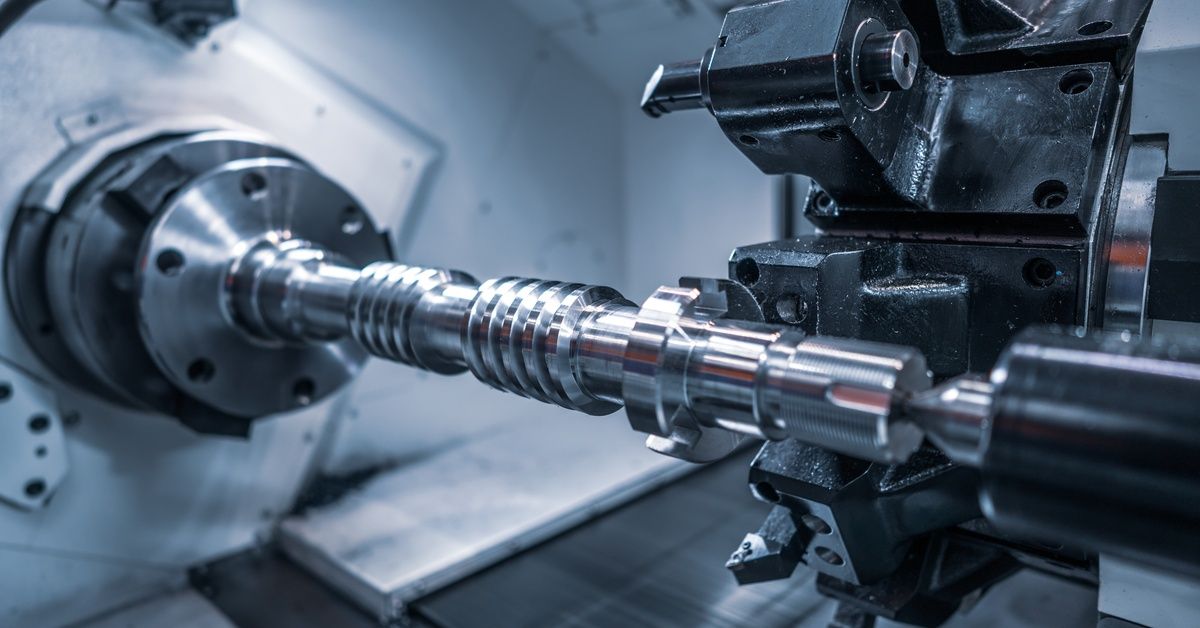How To Choose a Material for a CNC Machining Project
Choosing a material for a CNC (computer-numerical control) machining project is one of the most important decisions you’ll make so that your design meets practical and performance expectations. It also influences factors like durability, cost, and the efficiency of the machining process. This guide will walk you through the key elements to consider when choosing a material for your CNC project!
An Overview of Popular CNC Machining Materials
CNC machines can work with a wide range of materials, and metals are popular due to their strength, durability, and versatility. Here are some of the most commonly used metals in CNC machining:
- Stainless steel has exceptional strength and durability, making it ideal for projects requiring robust and long-lasting components.
- Aluminum offers good strength-to-weight ratios and natural corrosion resistance.
- Titanium has exceptional strength, biocompatibility, and corrosion resistance, though it requires specialized machining techniques.
- Copper is an ideal choice for projects involving electronic or heat-dissipation applications.
- Bronze combines good machinability with wear resistance, making it suitable for bearings and bushings.
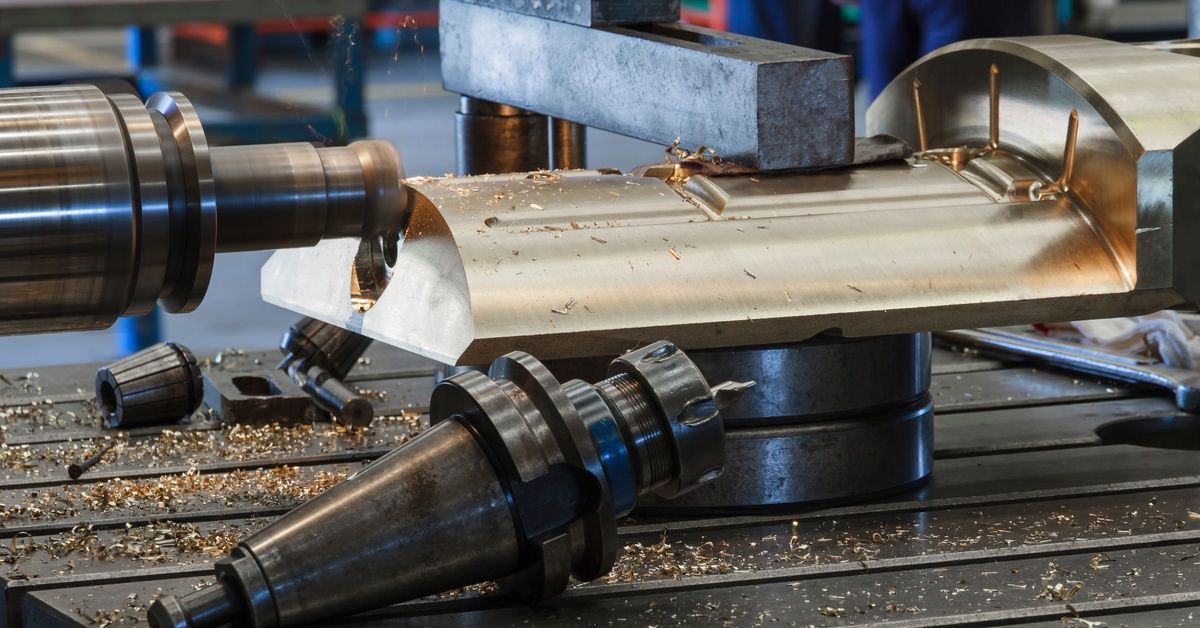
Non-metal materials also play important roles in CNC machining projects. Plastics like nylon, PEEK, and polycarbonate offer chemical resistance and electrical insulation properties that metals cannot provide.
Key Material Properties
Material properties directly influence your project’s success and determine whether your parts will perform as intended. Understanding these characteristics helps you match material capabilities to your requirements.
Strength and Durability
Material strength determines how well your parts withstand applied forces and stresses. Consider the loads your parts will experience during normal operation. High-stress applications require materials with superior strength properties, while decorative components may prioritize other characteristics. Additionally, choosing materials with high durability ensures your parts maintain their integrity and functionality over time.
Weight
Material weight directly impacts the performance and functionality of the final product. Lightweight materials are ideal for applications requiring mobility or fuel efficiency, such as in aerospace or automotive industries. Conversely, heavy materials may provide enhanced stability and strength, making them suitable for high-load environments.
Machinability
Machinability affects production time, tool wear, and surface finish quality. Materials with good machinability produce excellent surface finishes, while materials with poor machinability require specialized tooling, slower cutting speeds, or additional finishing operations. We recommend discussing machinability concerns with your manufacturing partner early in the design process.
Electrical Conductivity
Electrical applications require materials with conductivity properties. Copper and aluminum are excellent conductors of electricity, making them ideal for wiring and circuits. On the other hand, some plastics resist the flow of electricity, which is essential for safely covering electrical components and controlling the flow of energy.
Chemical and Corrosion Resistance
Materials with strong chemical and corrosion resistance are essential for projects that involve exposure to harsh environments. Resistance ensures the longevity and performance of the final product by preventing degradation or failure over time. Consider stainless steel, titanium, or specialized alloys for projects requiring excellent corrosion resistance, especially in demanding operational environments.
Evaluate Your Project Requirements
Project requirements guide material selection by defining the performance standards your parts must meet. Defining these requirements prevents you from using materials that fall short in real-world use.
Part Functionality
Functional requirements define what your parts must do and how they interact with other components. Load-bearing parts should consist of materials that handle expected stress loads with appropriate safety margins. Consider both normal operating conditions and extreme scenarios your parts might encounter. Emergency situations, overload conditions, or temperature extremes can reveal material weaknesses that aren’t apparent during normal operation.
Application Environment
Operating environments place demands on material performance. For instance, components exposed to extreme temperatures, such as engine parts, require materials with excellent heat resistance, like stainless steel or titanium. Exposure to weather or harsh chemicals also play a role in determining the appropriate material for a given application.
Need for Tight Tolerances
Precision requirements influence material selection because some materials hold dimensions better than others. Parts requiring tight tolerances need materials with low thermal expansion and good dimensional stability. Consider how tolerances interact with material properties and manufacturing processes. Some materials may need finish grinding or other secondary operations to achieve the required precision levels.
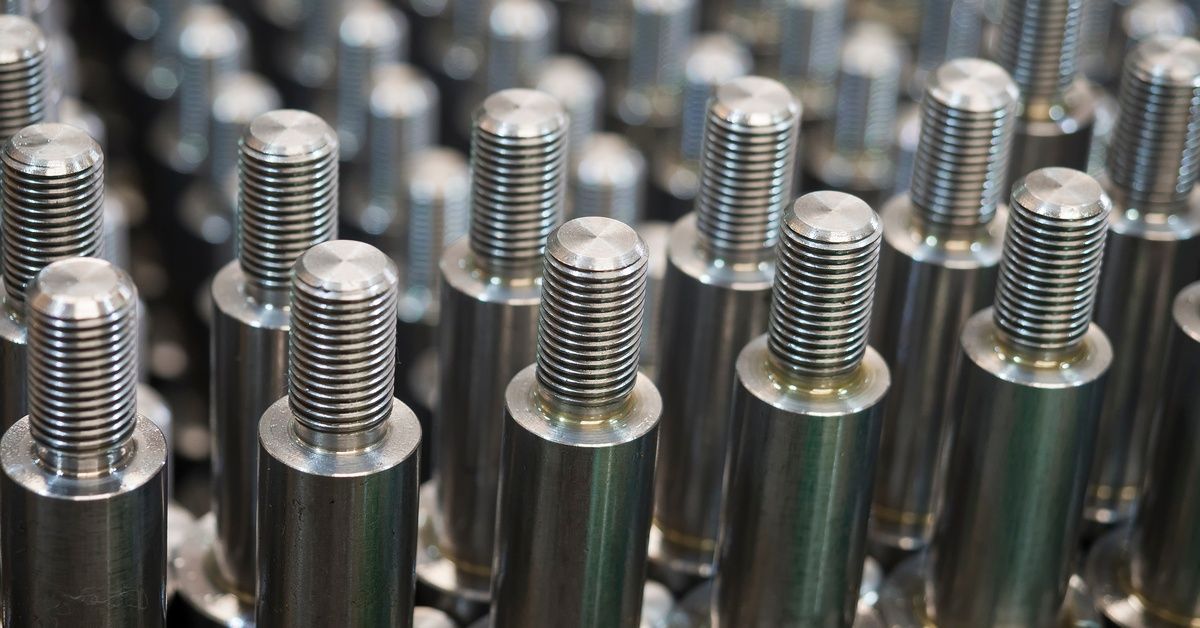
Understand Your Machining Partner’s Workflow
Your manufacturing partner’s capabilities and processes affect material choices and project success. Understanding these factors helps you select materials that work well within their established workflows.
Material Availability
Material availability varies by grade, size, and supplier relationships. Standard materials, including aluminum and steel, tend to be easily available. Exclusive materials often require special orders with longer lead times. We recommend discussing material availability early in the design process. Sometimes, substituting a readily available material can reduce project timelines without compromising performance.
Lead Time
Material procurement time affects the project schedule. Standard materials ship quickly from local distributors, while specialty grades may require weeks or months to obtain. International suppliers add shipping time and potential customs delays. Consider material lead time when planning project schedules. Planning ahead allows material procurement to proceed in parallel with design finalization and tooling preparation.
Customization Services
Some materials and project requirements necessitate additional processing—heat treating, plating, or anodizing—after machining. Keep in mind that your partner’s ability to provide these services in-house affects scheduling and quality control. Materials requiring minimal secondary operations could be more economical despite higher raw material costs.
Establish Cost Parameters
Material costs impact project budgets and may influence design decisions. Premium materials, such as titanium or specialty alloys, cost much more than common materials like aluminum or steel, but may be necessary for long-term reliability. Processing requirements also affect costs, as difficult-to-machine materials require more time and specialized tooling. Consider total project costs, including material, machining, finishing, and secondary operations, when evaluating options.
Making the Right Material Choice
Choosing a material for a CNC machining project requires balancing multiple factors while keeping your goals in focus. The best material choice meets your functional requirements, aligns with your manufacturing partner’s capabilities, and works within your budget. Working closely with experienced professionals helps you navigate the complexities of material selection and avoid costly mistakes that can derail your project timeline and budget.
At H&H Machine Service, we specialize in custom CNC machining services to support a wide range of industries. Our team of experts has extensive knowledge and experience in material selection, machining techniques, and part design to ensure the best possible outcome for your project. Trust us for custom, long-lasting solutions for your business!
